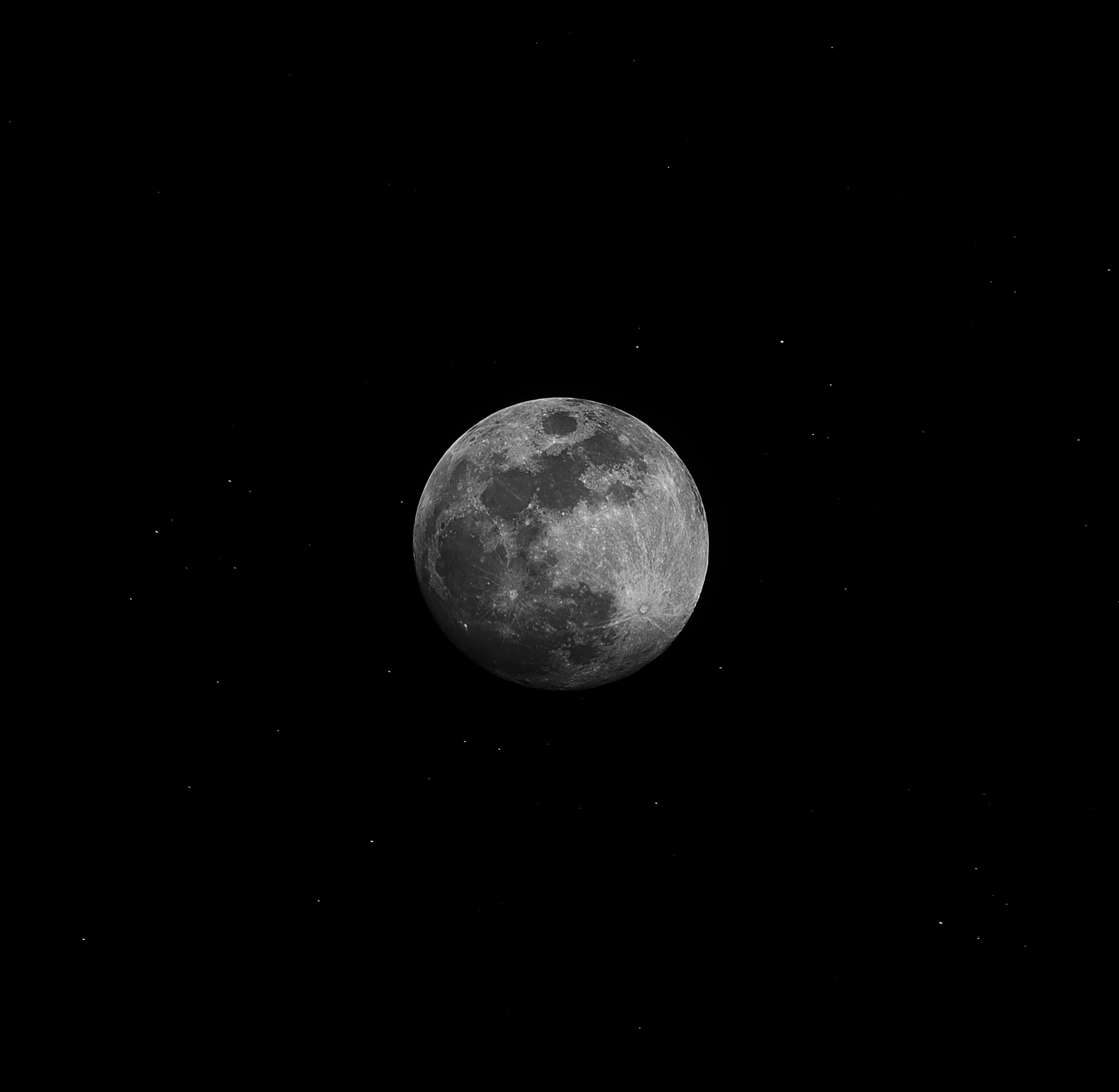The 8 Phases of the Moon: A Detailed Guide
The moon is a celestial body that has captivated humans for centuries. Its ever-changing shape and phases have mystified and fascinated us. From ancient civilizations to modern-day astronomers, the moon’s phases have been observed and documented. In this blog post, we will take an in-depth look at the eight phases of the moon, their order, and the science behind them.
1. New Moon
The lunar phase begins with the new moon. During this phase, the moon is not visible from Earth as it is almost directly between the Earth and the Sun. The illuminated side of the moon is facing away from us, resulting in darkness. This marks the start of a new lunar cycle, which spans approximately 29.5 days.
2. Waxing Crescent
In the waxing crescent phase, a small portion of the moon becomes illuminated. This phase occurs after the new moon and lasts for a few days. The crescent shape is visible in the western sky just after sunset. During this phase, the illumination gradually increases as more of the moon becomes visible.
3. First Quarter
The first quarter phase is often mistaken for a half-moon. In reality, it is when exactly 50% of the moon is illuminated. This phase occurs approximately one week after the new moon. The first quarter moon is visible in the afternoon and early evening, appearing high in the southern sky.
4. Waxing Gibbous
Following the first quarter, the next phase is the waxing gibbous. The illuminated portion of the moon continues to grow, with only a small dark portion remaining. The waxing gibbous phase occurs between the first quarter and the full moon. During this time, the moon is easily visible in the evening sky.
5. Full Moon
The full moon is perhaps the most recognizable lunar phase. It occurs when the entire face of the moon is illuminated by the Sun. The full moon rises when the Sun sets and is visible throughout the night. Its bright glow has inspired myths, stories, and even celebrations throughout history.
6. Waning Gibbous
After the full moon, the waning gibbous phase begins. During this phase, the illuminated portion of the moon starts to decrease, gradually transforming from a full moon to a crescent shape. The waning gibbous moon is visible in the early morning and remains in the sky after sunrise.
7. Third Quarter
The third quarter phase is often referred to as a half-moon, similar to the first quarter phase. In this phase, exactly 50% of the moon is once again illuminated. The third quarter occurs approximately three weeks after the new moon. This phase is visible in the late night and early morning in the western sky.
8. Waning Crescent
The final phase of the lunar cycle is the waning crescent. Only a small sliver of the moon is illuminated, marking the end of the moon’s cycle. This phase occurs just before the new moon, bringing the lunar cycle full circle. The waning crescent is visible in the eastern sky before sunrise.
The Science Behind Moon Phases
The moon’s phases are a result of its position in relation to the Sun and Earth. As the moon orbits the Earth, different portions of its surface are illuminated by the Sun. Understanding the science behind these phases requires knowledge of the moon’s position and the angle at which sunlight hits its surface.
During a new moon, the moon is positioned between the Sun and Earth. The sunlight is illuminating the side of the moon that is not facing us, resulting in darkness. As the moon moves along its orbit, we begin to see a small portion of the illuminated side, leading to the waxing crescent phase.
The first quarter and full moon occur when the Earth, moon, and Sun are aligning in specific ways. The first quarter phase occurs when the moon is at a 90-degree angle from the Sun, resulting in half of the moon’s face being illuminated. The full moon takes place when the Earth, moon, and Sun are in a straight line, with the moon fully reflecting the Sun’s light.
The waning phases occur as the moon orbits further away from the full moon position. The waning gibbous, third quarter, and waning crescent phases all showcase a decreasing illuminated surface area as the moon moves back towards the new moon position.
Conclusion
The moon’s phases have been a source of wonder and inspiration for centuries. From ancient folklore to scientific explanations, we have sought to understand the movement and changes of our celestial neighbor. The eight phases of the moon – new moon, waxing crescent, first quarter, waxing gibbous, full moon, waning gibbous, third quarter, and waning crescent – provide us with a visual representation of the moon’s position and its relationship to the Earth and Sun.
Observing and understanding the moon’s phases can deepen our appreciation for the beauty and complexity of our universe. Next time you gaze at the night sky, take a moment to appreciate the moon’s ever-changing face and the cycles that have fascinated humans throughout history.
Table of Contents
